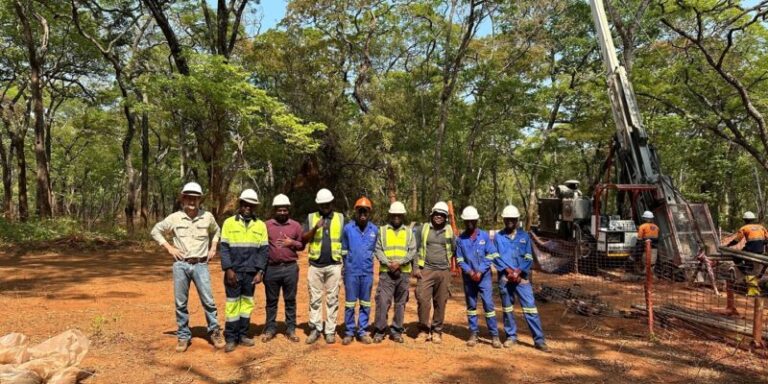
Chile, the world’s leading copper producer, is set to increase its copper output to 5.54 million metric tons by 2034, marking a 5.6% rise from 2023 levels, according to the state-run copper commission Cochilco.
In 2024, Chile accounted for 23.6% of global copper production. By 2034, Cochilco anticipates this share will rise to 27.3%, further cementing the country’s dominance in the copper market. Despite this growth, fluctuations in annual output are expected due to challenges such as aging mines.
Cochilco predicts that Chile’s copper production will peak at 6.07 million tons in 2027. However, output is projected to decline slightly thereafter, reaching its lowest level in 2034.
Earlier projections estimated 6.43 million tons for 2034, but Cochilco revised its forecast based on updated methodologies, providing a more realistic outlook.
Sergio Verdugo, a Cochilco analyst, explained during a press conference that aging mines are a significant factor in the anticipated decline. In an optimistic scenario, Chile’s production could reach a maximum of 7 million tons by 2034.
While Chile is expected to maintain its position as the top global copper producer, the Democratic Republic of the Congo (DRC) and Peru will follow closely by 2034, holding 13.6% and 10.2% of the market, respectively. Notably, the DRC surpassed Peru to become the world’s second-largest copper producer in 2023.
Chile’s copper industry is poised for steady growth over the next decade, despite facing challenges from aging mines and increased global competition. With its projected market share expansion, the nation is likely to maintain its pivotal role in the global copper supply chain.







